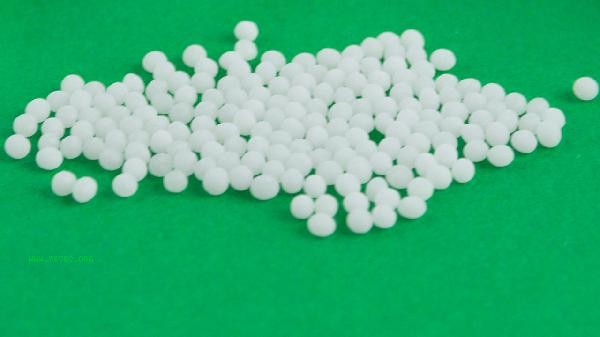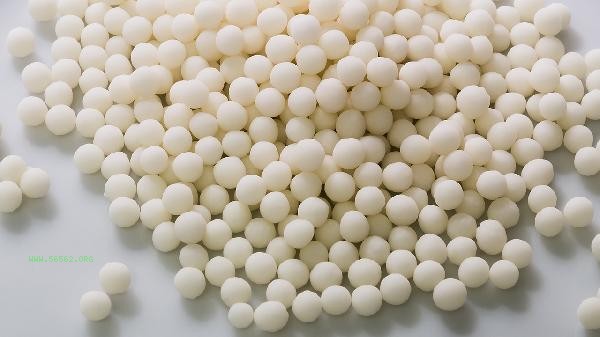Elevated levels of eosinophils usually indicate allergic reactions, parasitic infections, or myeloproliferative disorders. The main influencing factors include allergic rhinitis, chronic myeloid leukemia, eczema, hookworm disease, and polycythemia vera.

1. Allergic reactions:
eosinophils are involved in the release of allergic mediators, and an increase in their values is common in type I hypersensitivity reactions such as allergic rhinitis and asthma. After the patient comes into contact with allergens such as pollen and dust mites, the IgE antibodies on the cell surface crosslink, leading to histamine release. Blood routine examination shows that the proportion of this cell exceeds 1%. It is necessary to combine allergen testing to identify the cause, and if necessary, use antihistamines such as loratadine.
2. Parasitic infection:
Parasitic invasion such as hookworms and roundworms can stimulate the proliferation of eosinophils. Metabolites of the parasite act as antigens to activate Th2 immune responses, promote IL-4 secretion, and induce the release of the cell from the bone marrow. The typical manifestation is that the absolute value of peripheral blood eosinophils is greater than 0.1 × 10 ⁹/L, accompanied by a synchronous increase in eosinophils. Fecal egg detection can confirm the diagnosis and requires deworming treatment. 3. Chronic inflammation: Chronic inflammatory diseases such as eczema and ulcerative colitis can lead to mild elevation. Inflammatory factors IL-3 and GM-CSF continuously stimulate bone marrow hematopoietic stem cells, promoting the differentiation and proliferation of eosinophils. This type of situation usually fluctuates in numerical values between 1% and 3%, and requires the assistance of inflammatory indicators such as CRP and erythrocyte sedimentation rate for judgment.
4. Bone marrow proliferative diseases:

is commonly significantly elevated in patients with chronic myeloid leukemia, reaching over 20%. The Philadelphia chromosome forms BCR-ABL fusion genes, leading to abnormal proliferation of granulocyte lines. Peripheral blood smear shows immature granulocytes at various stages, and diagnosis requires bone marrow biopsy and genetic testing. Polycythemia vera may also be accompanied by an increase in this indicator.
5. Endocrine factors:
Physiological states such as hypothyroidism and ovulation may cause temporary elevation. Thyroxine deficiency affects the apoptosis cycle of granulocytes, and estrogen fluctuations during the menstrual cycle in women can also slightly stimulate bone marrow hematopoiesis. This type of situation usually does not require special treatment and can recover on its own after re examination.
If high levels of eosinophils are found, relevant examinations should be completed. Allergic individuals should avoid contact with known allergens and maintain a clean environment. Parasitic infections should pay attention to dietary hygiene, and all fresh food should be fully heated. Patients with myeloproliferative disorders need to regularly monitor changes in blood routine, while chronic inflammation patients are advised to increase their intake of anti-inflammatory foods such as deep-sea fish and nuts. Avoiding excessive fatigue in daily life and ensuring 7-8 hours of sleep can help with immune regulation. Physiological fluctuations may occur after intense exercise, and it is recommended to have a blood routine check every week.









Comments (0)
Leave a Comment
No comments yet
Be the first to share your thoughts!